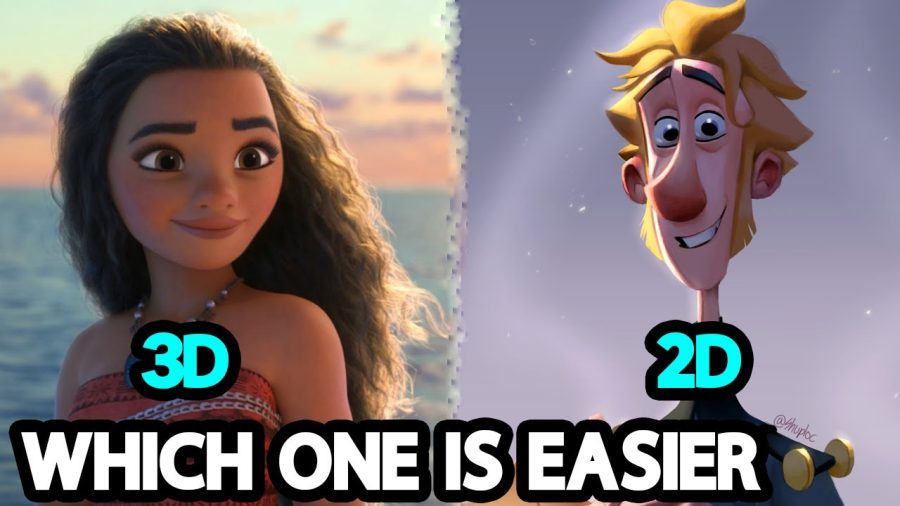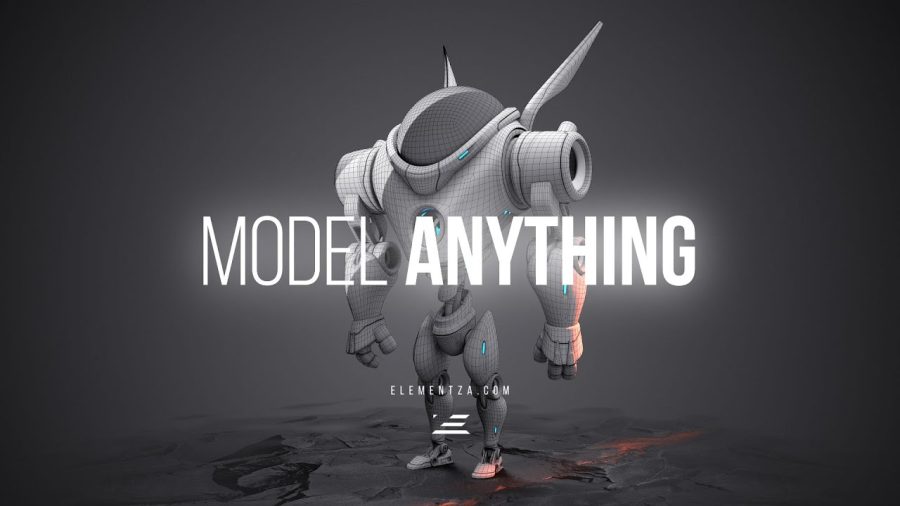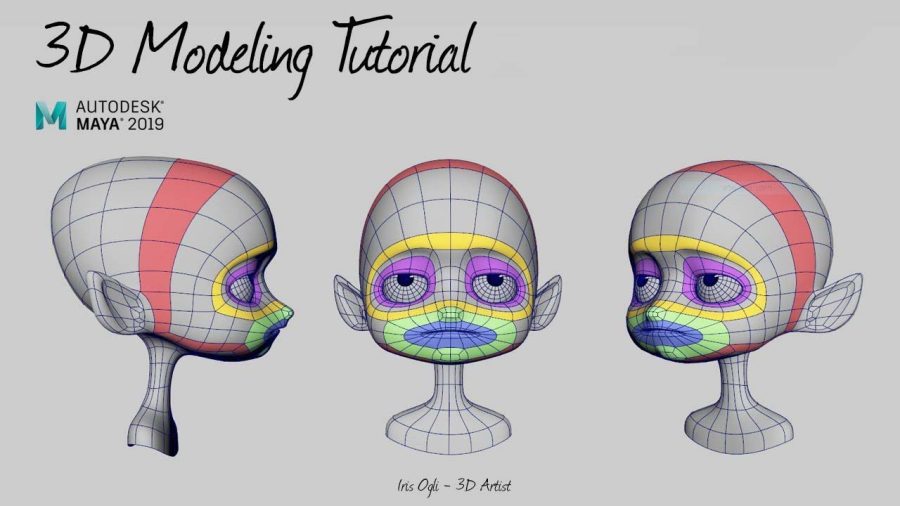3D modeling involves using specialized software to digitally construct representations of three-dimensional objects. It has broad applications across industries like gaming, animation, architecture, and engineering for visualization and prototyping.
3D Modeling Basics
The process typically begins with constructing a mesh framework out of polygons, known as geometry modeling. This serves as the foundation that shapes, textures, animation, and other effects build upon.

What is 3D Modeling?
3D modeling refers to digitally crafting objects in a simulated 3D space using polygonal modeling techniques, and is commonly achieved via dedicated software tools. The core process involves manipulating vertices, edges, and faces to sculpt shapes which can then be refined with various modifiers and effects in service of the overall creative aim.
Industries Using 3D Modeling
3D modeling has widespread applications across diverse industries, including gaming, animation, special effects, architecture, automotive and aircraft design, and more. It facilitates rapid 3D visualisation, animation and prototyping, making it a pivotal asset for everything from film VFX to engineering R&D labs and consumer goods manufacturers.
Is Learning Difficult?
The time investment for proficiency varies, but basic familiarity can be attained quickly. Ultimately, perseverance and practice are required to master the fine-grained artistic facets of modeling excellence.

The Learning Curve
The initial learning curve of comprehending fundamental concepts, user interfaces, and basic polygonal modeling can feel steep. However, tutorials allow the core basics to be picked up in a few days. Procedural knowledge builds exponentially as techniques compound.
Time Investment
A commitment focused practice routine in the range of months is necessary for recognizing mastery over the artistic nuances that define photorealistic AAA quality 3D models. However, this concentrated iteration will yield significant expansion of capability to realize creative visions.
Essential Skills
Beyond software literacy, certain key abilities meaningfully elevate 3D artistry. Developing spatial reasoning in tandem with traditional aesthetic sensibilities allows translating vision to digital form.
Software Knowledge
Programs like Maya, Blender, ZBrush, and more each have unique functionalities. Learning one thoroughly allows leveraging specialized features for enhanced efficiency. Facility navigating interfaces heightens iteration potential.
Artistic Vision
Just as traditional arts require a refined eye for light, form, and composition, realizing professional grade 3D equally necessitates sharp aesthetic evaluative skills. This sense, melded to spatial perspective skills, allows crafting evocative digital art high execution bar.
Patience and Perseverance
Art does not yield itself overnight. Becoming adept at elegantly marrying technical software capabilities to subtle aesthetic nuances necessary for emotive resonance demands focused, patient practice over an extended period.
Overcoming Challenges
Learning 3D modeling can initially seem daunting, but systematically breaking down obstacles clarifies the path ahead. With strategic dedication, aspiring 3D modelers can methodically build skills.
Choosing Software
The modeling experience greatly depends on the software used. Tools like Blender or Sculptris allow free experimentation for beginners to get started. More advanced packages such as Maya or ZBrush provide greater capabilities but have steeper learning curves. Carefully selecting software aligned to current skill level and goals helps ease entry barriers.
For example, one user suggested starting with Blender since it offers a wealth of free tutorials and community support. Academic versions of advanced tools like Maya are also available for non-commercial use. Weighing factors such as the learning resources available, production goals, and budget constraints assists in picking an optimal starting software.
Online Tutorials
Online tutorials serve as invaluable self-education assets across skill levels. Structured courses methodically build competency by teaching fundamental principles balanced with hands-on projects for applied learning. These resources propel continued progression when consistently applied.

Several users emphasized that while intro tutorials help grasp software, advancing beyond basic techniques requires focused time investment. For instance, one user spent months intentionally practicing modeling for an hour daily before feeling capable of efficiently creating usable game assets. Tutorials alone may not suffice, but they provide structure when actively strengthened with practice.
Joining Communities
Connecting with supportive communities creates opportunities to ask questions, receive critiques, and share advice critical for growth. Local meetups, online forums, and social platforms provide perspective, potential collaborations, and motivation to overcome obstacles.
Multiple users underscored the importance of feedback for improving. By uploading work on platforms like ArtStation for commentary or finding Discord groups to review projects in progress, modelers can identify blindspots and incrementally enhance skills. Surrounding oneself with more advanced peers provides both benchmarking and inspiration on the path to excellence.
The Career Potential
Learning 3D modeling opens doors to a myriad of lucrative career paths, thanks to the high demand for these skills in various industries.
Versatility Across Industries
The versatility of 3D modeling is one of its strongest selling points. Professionals with 3D modeling skills are sought after in diverse sectors, each offering unique opportunities to monetize these capabilities:
- Animation and Film: The entertainment industry, especially animation and special effects, relies heavily on 3D modeling. From blockbuster movies to animated series, 3D modelers play a crucial role in bringing imaginative worlds to life.
- Video Game Development: The gaming industry, a sector witnessing exponential growth, constantly seeks talented 3D artists to create immersive gaming environments and realistic characters.
- Architectural Visualization: In architecture, 3D models are indispensable for visualizing and presenting designs before construction. This field offers the opportunity to work on a range of projects from residential buildings to expansive urban developments.
- Product Design and Manufacturing: The manufacturing sector uses 3D modeling for product design, prototyping, and visualization, making it a viable avenue for those interested in industrial design.
The ability to create in three dimensions is a valuable asset in today’s digital economy. As the demand for these skills continues to grow, so does the potential for a rewarding and prosperous career in 3D modeling.
Conclusion
With dedication and smart resource use, aspiring 3D modelers can systematically attain skills to digitally manifest creative visions. Setting incremental goals, patiently tracking progress, and finding encouragement in communities empowers novices to hone their craft.